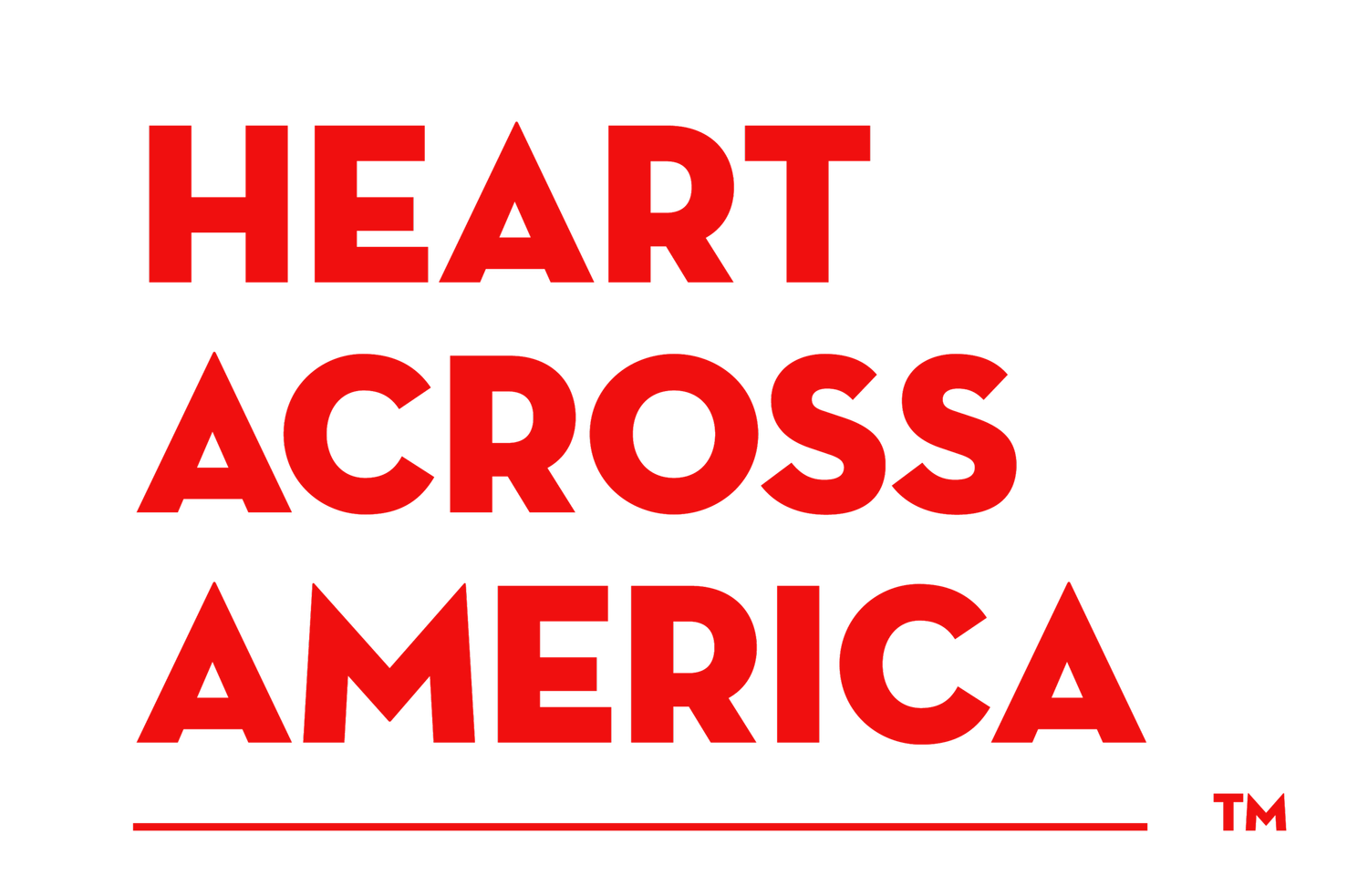Sean Maloney’s remarkable stroke recovery and subsequent creation of the Heart Across America bike ride have raised awareness nationwide for people wanting prevent strokes and heart attacks. As Sean’s mission is that no family should have to go through what he went through, we touched base with some leading medical experts on some key points of this topic.
Introducing Dr. Neil Schwartz & and Dr. Nicholas Leeper, Stanford School of Medicine.
Q: Tell us about “the scan” and is this something that people should request from their doctors?
Dr. S: There are two scans, the Carotid Artery Scan which looks for clots in the arteries that feed the brain, and the Coronary Artery Scan which looks for blockage in the arteries that lead to the heart. That being said, the scan is not the most important thing to ask your doctor about.
While there is a certain population (less than 10% of adults) that have the Class I symptoms or a family history that would indicate a scan should be performed, it has been determined that potential harms associated with routine screening in asymptomatic adults are likely to exceed benefıts.
However, one test that is useful and can be easily performed while at your doctor’s office is referred to as the Bruit. This refers to the sound heard over an artery or vascular channel, reflecting turbulence of flow. Most commonly, a bruit is caused by abnormal narrowing of an artery. Listening for a bruit in the neck with a stethoscope is a simple way to screen for narrowing (stenosis) of the carotid artery, which can be a result of cholesterol plaque accumulation.
Dr. L: If we could ask patients to do one thing when they talk with their doctor, it would that they go through the Framingham Risk Score (FRS), which can help identify high-risk asymptomatic adults who may benefıt from preventive treatments.
Going through this exercise with your doctor will provide an estimate of the probability that a person will develop cardiovascular disease within a specified amount of time, usually 10 to 30 years. Because they give an indication of the risk of developing cardiovascular disease, they also indicate who is most likely to benefit from prevention.
Cardiovascular risk scores are used to determine who should be offered preventive drugs such as drugs to lower blood pressure and drugs to lower cholesterol levels. For example, nearly 30% of CHD events in both men and women were singularly attributable to blood pressure levels that exceeded high normal (≥130/85), and this can be easily treated with a variety of non surgical treatments.
I think Sean’s example has inspired a lot of people which is great! In particular, it can help to motivate the people “in great shape*” to push their doctor to look for ways to lower risk. The truth is that fewer than 2% of the population is at optimal health if you look closely at all the risk factors.
Knowledge is Power - and if Sean has motivated you to look for answers to optimize your/your family's’ health, we hope that you will use the resources mentioned above and be proactive with your doctor. So ask about a bruit, getting your Framingham Risk Score (FRS), and if you are concerned about the stroke or heart attack ask about the scan. Take charge of your health now and start planning your healthiest future.
(*author’s note: I fall into this category, for though I exercise regularly and eat well, my German ancestors have blessed me with a family history of very high cholesterol which my very wise parents manage with statins and I likely will too!
